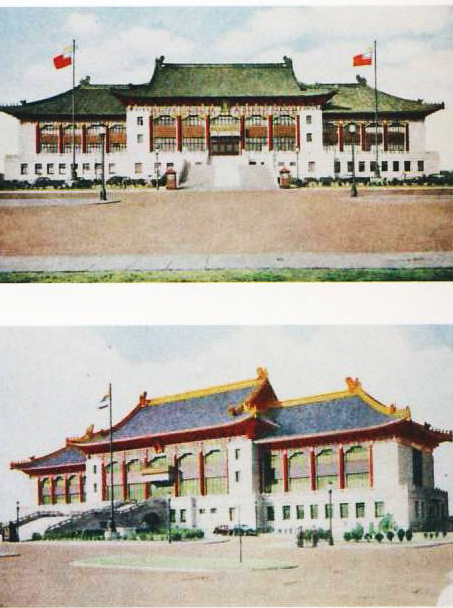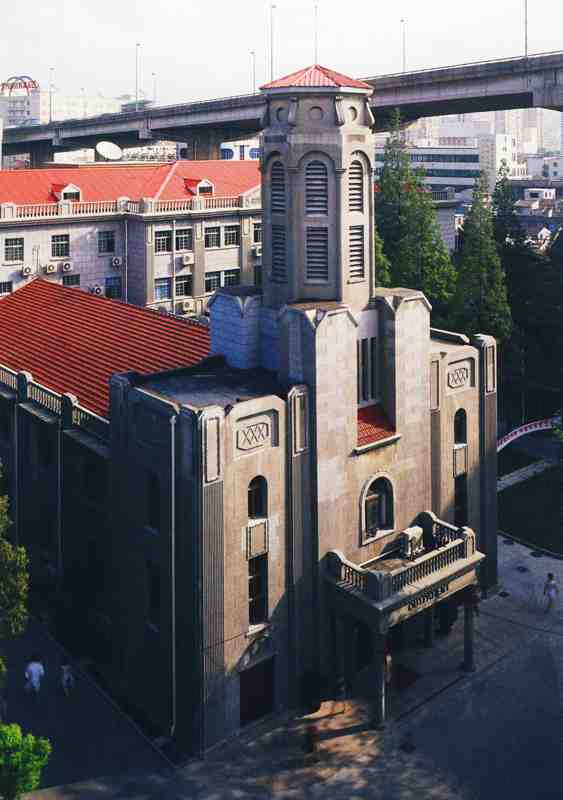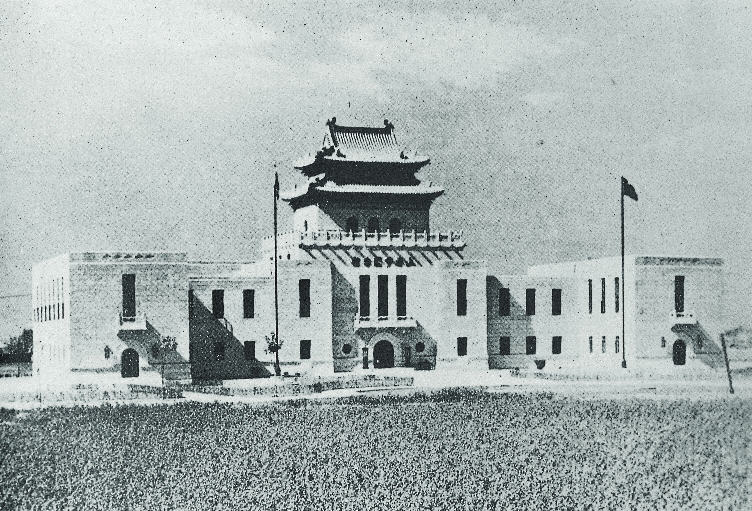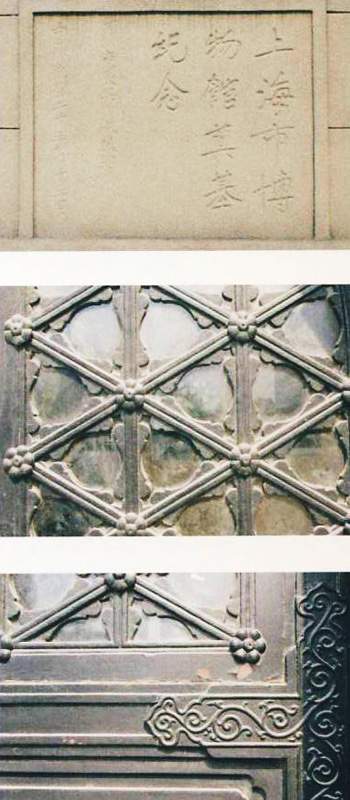A century of City governance
In July 1927, the Shanghai Special Municipal Government was established. To rival the foreign concessions and connect the Chinese districts of Zhabei and Nanshi, the "Greater Shanghai Plan" was rolled out. This ambitious plan earmarked an area of approximately 7,000 mu in the current Wujiaochang area, bounded by Xiangyin Road to the north, Zhayin Road to the south, Songhu Road to the east and the Huangpu River to the west, to serve as the new city center of Shanghai. The plan covered administrative, commercial and residential areas, along with corresponding transportation facilities, including railways, ports and roads. The Shanghai City Center Construction Plan, the Huangpu River Qiujiang Dock Plan and the Shanghai Road Plan were released, and construction commenced on a radial network of nearly 60 arterial roads with Wujiaochang as the new hub of the Chinese district. This marked the first integrated urban master plan in the history of Shanghai. To this day, Yangpu still preserves a collection of fine historical buildings that have stood the test of time, such as the former building of the Shanghai Special Municipal Government, old Shanghai Museum, Jiangwan Stadium and old Shanghai Library, all constructed under the "Greater Shanghai Plan". After the start of the reform and opening up, Yangpu embarked on massive urban infrastructure construction and renovation according to the city's master plan, leading to significant changes to the urban landscape and living environment. The district significantly increased its investment in municipal infrastructure. From May 1991 to September 1993, 7,658-meter-long six-lane Yangpu Bridge, costing 13.3 billion yuan, was completed over the Huangpu River, marking a major engineering feat after Nanpu Bridge. Huangxing Road Bridge and Qiujiang Bridge were also renovated and expanded. Starting in 1992, major projects passing through Yangpu, including Inner Ring Road, Middle Ring Road, Subway Line 4, 8, 10, 12 and 18, along with tunnels such as Dalian Road Tunnel, Xiangyin Road Tunnel, Jungong Road Tunnel, Zhoujiazui Road Cross-river Tunnel and Jiangpu Road Tunnel, were successively completed. By 2021, a new transportation pattern of "one bridge, two rings, five tunnels and five lines" was formed. There are currently more than 200 roads in Yangpu, including 14 main roads like Zhoujiazui Road, Siping Road, Jungong Road, Yangshupu Road, Pingliang Road, Changyang Road and Kongjiang Road. Additionally, there are nearly 100 bus routes providing access to central locations such as People's Square, Shanghai Railway Station and the Bund.


































